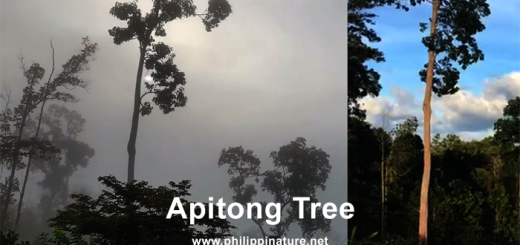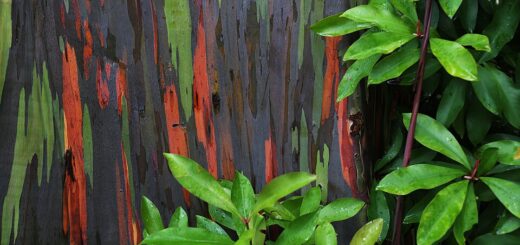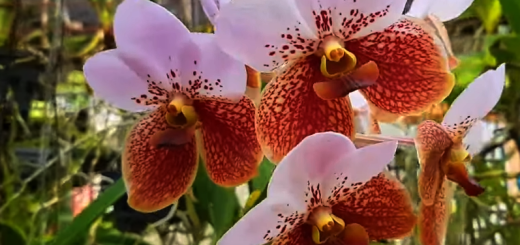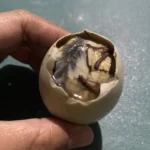Attenborough’s Pitcher Plant – Nature’s Carnivorous
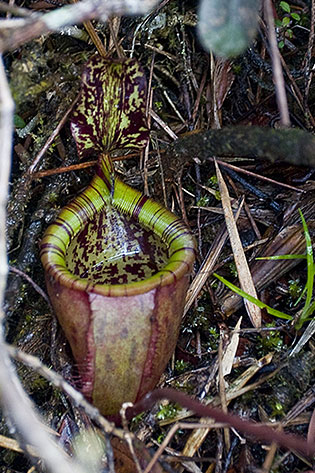
Hidden in the misty highlands of the Philippines lies a predator unlike any other, not one with teeth or claws, but with a deep, slippery trap and a taste for meat. Meet Attenborough’s Pitcher Plant (Nepenthes attenboroughii), a rare and mesmerizing species of carnivorous flora named in honor of legendary naturalist Sir David Attenborough.
A Rare Discovery Worthy of a Legend
Discovered in 2007 during an expedition to Mount Victoria in Palawan, this plant wasn’t just another pretty pitcher, it was a giant among its kind. With traps large enough to capture insects, small rodents, and even frogs, N. attenboroughii quickly caught the attention of botanists and media alike.
Naming it after Sir David was a no-brainer. He had long expressed fascination with carnivorous plants, even showcasing their bizarre beauty in several of his documentaries. The plant now bears his name as a tribute to his lifelong dedication to nature and science.
How It Hunts: The Pitcher’s Deadly Design
Unlike the more active hunters of the animal kingdom, this pitcher plant sets a trap and waits. Its large, jug-like structure is filled with a digestive fluid. Lured by the scent and nectar around the rim, unsuspecting insects (and occasionally small animals) slip on the slick edge and fall into the pitcher, where they drown and slowly digest.
Inside, the plant secretes enzymes that break down the prey, allowing it to absorb precious nutrients, especially nitrogen, which is scarce in the nutrient-poor soils where it grows.
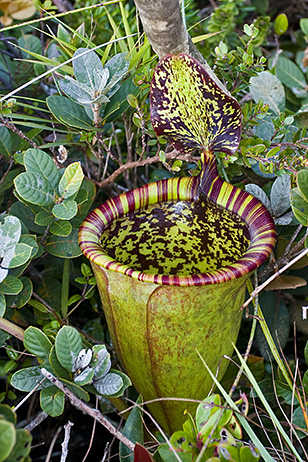
A lower pitcher of Nepenthes attenboroughii demonstrating the characteristic campanulate shape and upright lid of this species (Alastair Robinson, June 2007) – Creative Commons | Author: Dr. Alastair Robinson – Source: https://commons.wikimedia.org/wiki/File:Attlwr.jpg
Why It Matters: More Than Just a Curiosity
Aside from its fascinating biology, Nepenthes attenboroughii is a symbol of what’s still out there in our rapidly changing world. The plant lives only in a very specific habitat, high up on Mount Victoria and is incredibly vulnerable to habitat destruction, climate change, and overcollection.
Its discovery serves as a reminder that even in the 21st century, we’re still finding incredible new species. But with that wonder comes responsibility. Attenborough’s Pitcher Plant is classified as critically endangered, and protecting its habitat is crucial to ensuring it doesn’t become just another name on an extinction list.
Natural Marvel
From the dense cloud forests of the Philippines to the pages of botany journals, Attenborough’s Pitcher Plant captivates with its alien elegance and survival strategy. It’s a natural marvel that perfectly embodies the spirit of exploration and respect for the wild, something Sir David Attenborough himself has spent a lifetime inspiring in others.
So the next time you watch a nature documentary or hike through a remote landscape, remember: there’s always a chance you’re walking near something no one’s ever seen before. Maybe even the next Attenborough-worthy discovery.
References:
https://en.wikipedia.org/wiki/Nepenthes_attenboroughii

